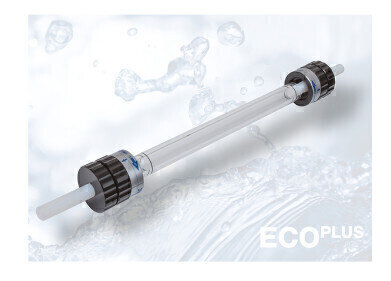Bioanalytical
Chromatography Investigates the Side-Effects of Asthma Inhalers
Nov 27 2019
Asthma inhalers are one of the first medications prescribed when a person is diagnosed with asthma and needs medical help. They are a relatively commonly seen medical device that can deliver a measured dose of steroids to help treat or prevent an asthma attack. They can be used by both adults and children in the treatment of asthma.
But there are some concerns that inhaled steroids could cause unwanted side effects in children. There are few studies investigating the link between asthma inhalers and cortisol concentration in children and these offer conflicting results. A recent paper published in the journal Pediatric Pulmonology reports on a study that investigated the issue of steroid dose from asthma inhalers and adrenal function in children.
Delivering corticosteroids
The use of asthma inhalers to deliver a measured dose of corticosteroids is the primary method of controlling asthma. Inhaled corticosteroids are generally regarded as safe with few side effects, especially when administered in low doses. However, there are side effects and some children can suffer from adrenal suppression due to the use of asthma inhalers. Adrenal suppression can cause symptoms including fatigue and weight change and even anorexia. Assessing whether adrenal function is affected by an inhaler can be checked by measuring the amount of cortisol in the body.
But measuring the amount of cortisol in the body is very difficult. Cortisol varies naturally during the cycle of day and night and also responds to stress. This means that measuring cortisol in blood samples may not be suitable to analyse adrenal function. A test known as the adrenocorticotropic hormone stimulation test is the gold standard test for adrenal function. But the test is invasive and only gives a measure of the adrenal function at the moment of the test.
Hair gives the concentration
In the paper referenced above, researchers developed a method to analyse the cortisol concentration in hair samples to assess whether a patient’s adrenal function was compromised by inhaled corticosteroids. Hair samples from 72 patients with asthma and 226 control patients without asthma were taken and analysed using liquid chromatography-mass spectromentry. The use of chromatography to analyse samples for steroids is discussed in the article, Workflow solution for antidoping analysis including steroids in urine with GC-QqQ and GC-HRAM.
The researchers found that the asthmatic patients had a significantly lower hair cortisol concentration than the healthy controls - with the increase of steroid dose showing a slight trend towards lower cortisol concentration in the asthmatic patients. They state that the use of hair cortisol concentration needs further work though before it can be used to monitor adrenal function in children.
Events
Jan 20 2025 Amsterdam, Netherlands
Feb 03 2025 Dubai, UAE
Feb 05 2025 Guangzhou, China
Mar 01 2025 Boston, MA, USA
Mar 04 2025 Berlin, Germany














